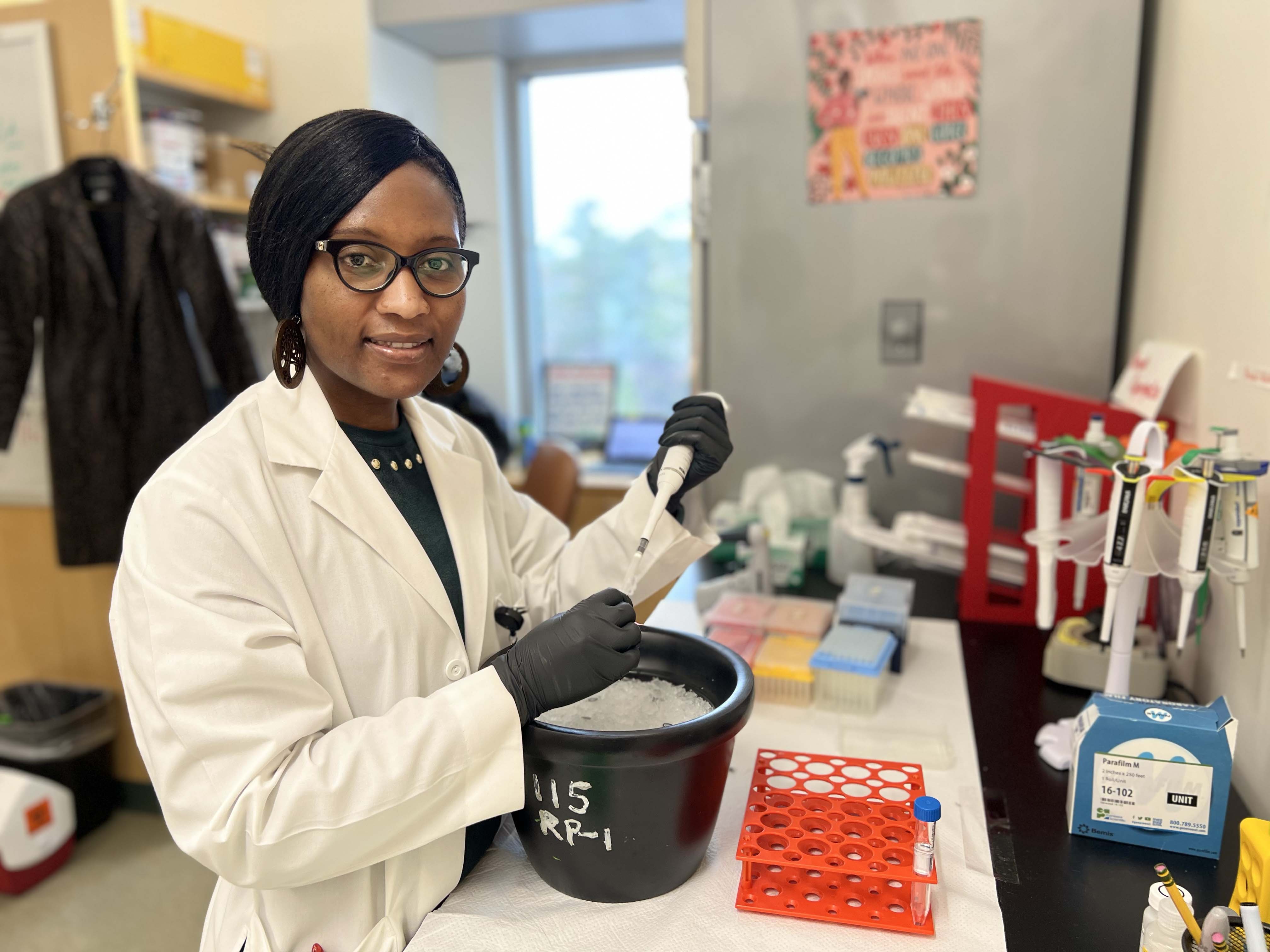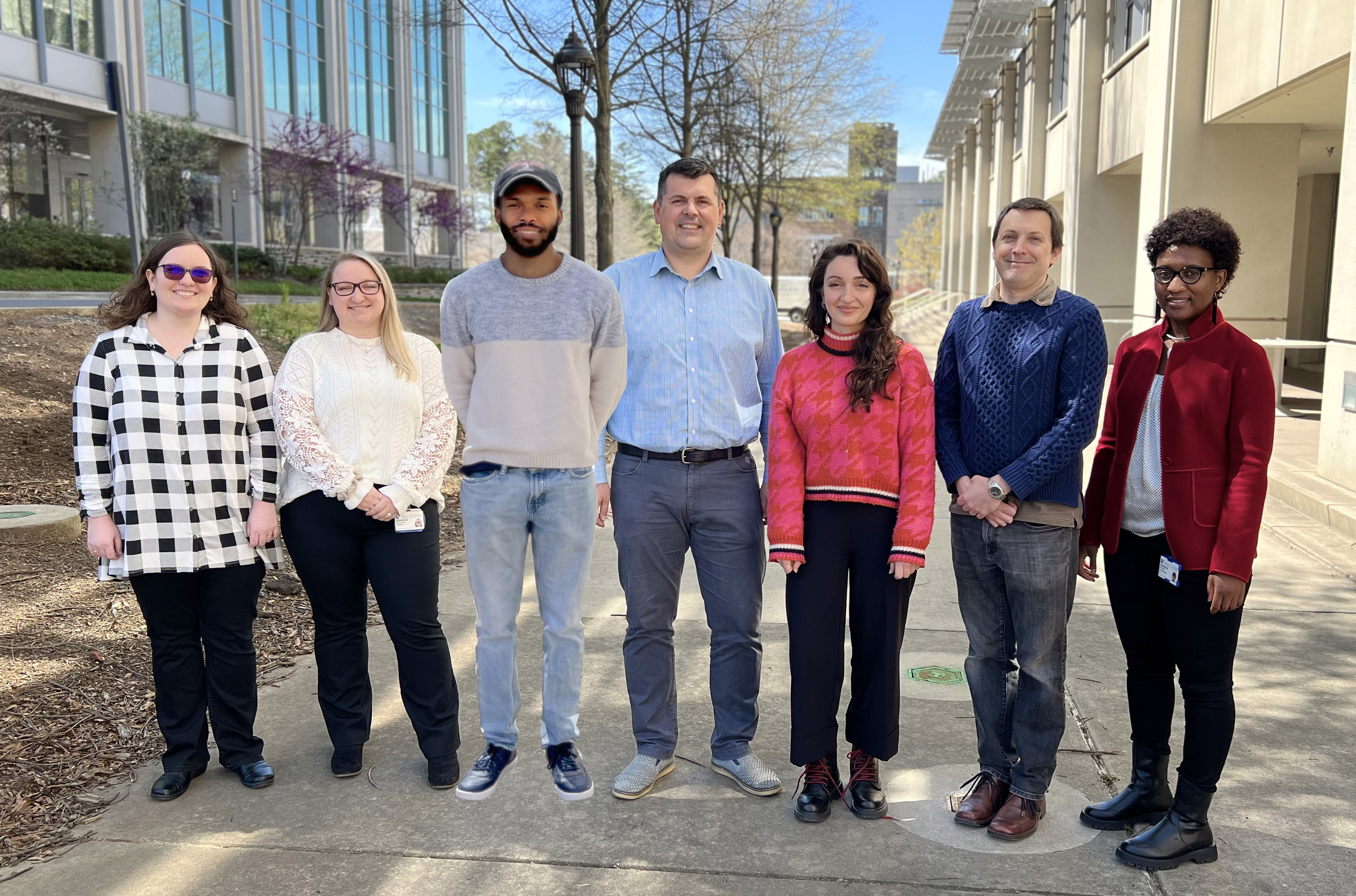Welcome to the Azoitei Lab
Research in our group is focused on two synergistic areas that are critical for the development of vaccines against highly infectious pathogens:
- rational immunogen design for the induction of broadly neutralizing antibodies and;
- determining the biophysical properties of antigens that lead to B cell activation and development for antibody secretion.
For immunogen design, we employ a rational, structure-based approach that utilizes state of the art computational protein design algorithms (Rosetta) and high-throughput library screening on the surface of yeast and mammalian cells. These techniques allow us to model the atomic details of protein structures and protein-protein interactions with high confidence, and provide us with an experimental platform to rapidly screen millions of immunogen candidates. We are currently developing immunogens against HIV and influenza. The immunogens we engineer are characterized through collaborations with structural biologists, immunologists, and virologists. Read more below.



To study B cell intracellular signaling in response to antigens, we utilize molecular tools (fluorescent biosensors and optogenetic probes) to visualize and control the activity of key signaling molecules in live cell microscopy experiments. Upon engagement of B cell receptors (BCRs) by antigens, multiple signaling pathways are triggered and their activation levels and coordination in space and time are critical for B cell development. Because of their transient and dynamic nature, these signaling cascades are best understood by monitoring them in real time upon antigen binding to BCR. While the molecules involved in B cell activation are well characterized, little is known about how the subcellular localization, duration and intensity of their activities are shaped by the biophysical properties, such as affinity or oligomeric state, of a given antigen.
